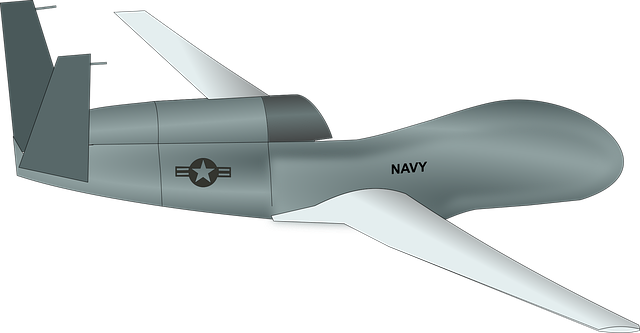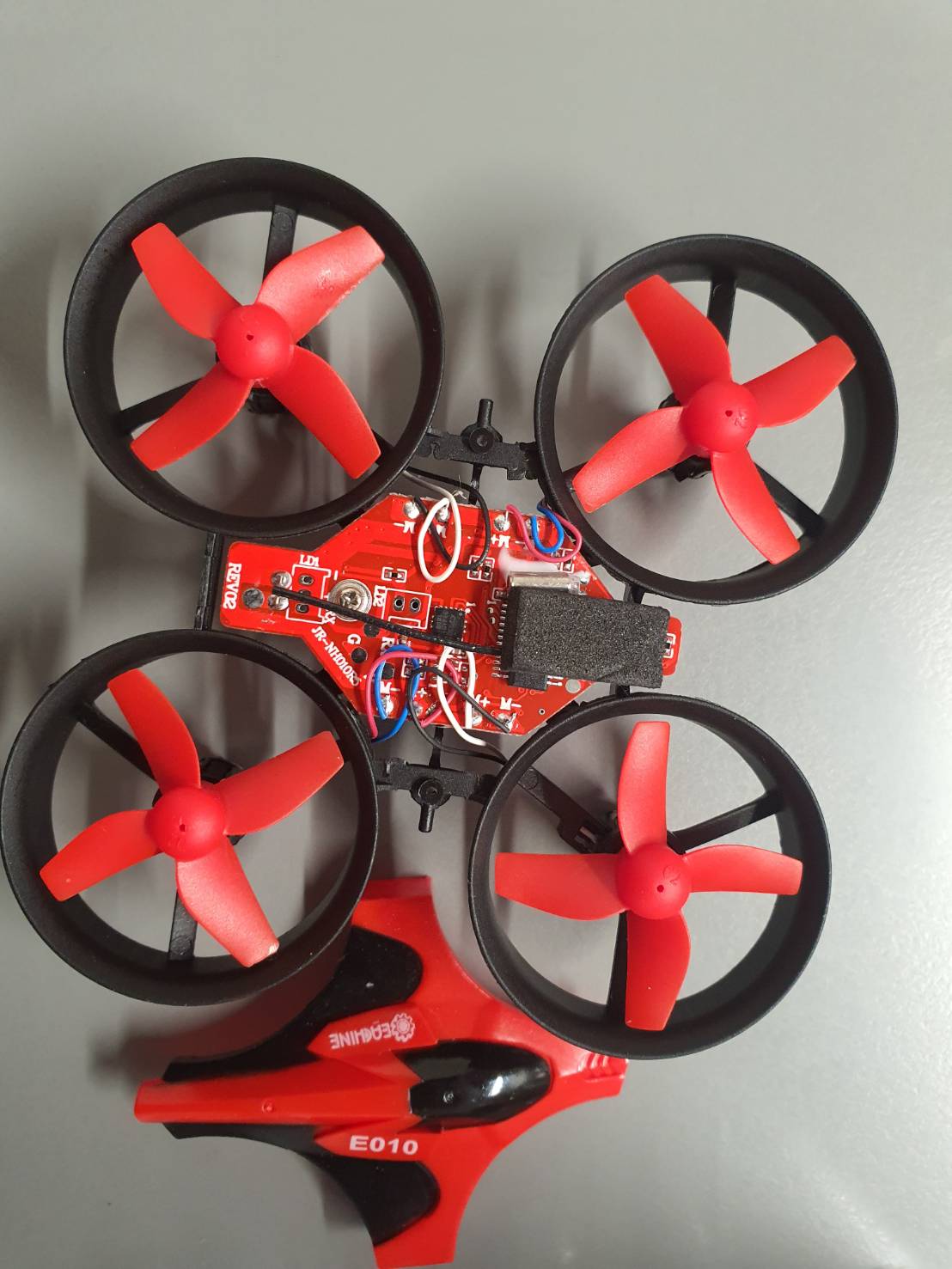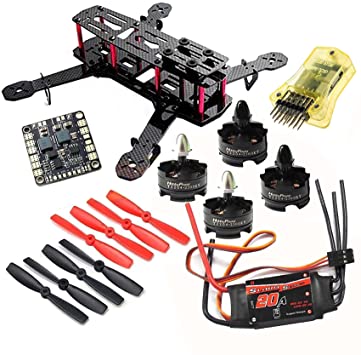
Although the future of drones is uncertain, recent headlines indicate mixed signals. Bloomberg reported in August, that the drone craze had begun to fade with many startups going out of business. But, other news sources say that the drone industry is poised for growth. Morgan Stanley and Goldman Sachs estimate that the drone industry will reach a value of over $100 billion in 2020, and $1.5 trillion in 2040. What do you think is the real value of this industry's potential?
Commercial applications
There are a wide variety of commercial applications of drones, including agriculture, real estate, and media and entertainment. This growth is due to the increasing use of drones in filming and TV production. Filmmakers are increasingly turning to professional drones to capture frames. This is because they are cost-effective and easy to use. In addition, clients are increasing their demand for aerial photography.
Safety in airspace
Federal Aviation Administration (FAA), published a report entitled "The Future of Drones & Airspace Safety." The report highlights both the benefits and challenges of drones, as well as the industry's difficulties in integrating them into the existing airspace. Drones will be able to identify and mitigate known and emerging risks automatically. The non-recreational drone pilots should be well trained and maintain visual range.

Management of air traffic
Drones quickly became a common sight on our skies. The key component to their success is air traffic control. Although thousands of manned planes currently fly in the sky at any given time, this number will increase as drones become more widespread. Air traffic management is not scaled to handle the increase in unmanned aircraft. Therefore, drone traffic management's future depends on integrating many solutions.
Forecasting air traffic
Drones are already permitted to fly in the lowest few hundred feet of the atmosphere, but the forecasting of weather conditions could make them more effective in the future. This kind of weather data could be used to improve weather alert systems and deliver packages. Drones may also improve weather forecasts, alert systems for severe storms, and other weather information. Air traffic forecasting is currently limited to two dimensions. But, drones can provide valuable weather data that will greatly enhance the airspace intelligence.
Control of air traffic
Future of Drones and Air Traffic Control. Future of Air Traffic Control is determined by the future of hovering warehouses and drones. Authorities will require a new low-altitude airtraffic control system to deal with drone technology. This could be a lot more complex than the current air traffic control systems for planes. Drones would use artificial Intelligence and machine learning in order to avoid other planes, and stay within designated air lanes.

FAQ
Can I fly my drone through my neighborhood?
Yes! These are called UAVs, or unmanned aerial vehicles. There are several types of drones available for sale today, from small quadcopters to large fixed-wing aircraft. New rules have been issued by the FAA regarding commercial use of UAVs. This means that you can legally fly them for business purposes. Be aware that UAVs operating near airports could cause interference to air traffic control systems. You must get permission from the authorities before you can fly one.
Flying with a drone?
Drones have become increasingly popular for commercial and personal purposes. Drones are used for filming, photography, aerial mapping, search and rescue, as well as other purposes. Recent regulations regarding drones have been approved by FAA. They include new requirements for registration and licensing, pilot training, insurance, and other requirements. These changes will help ensure that drones stay safe for all.
Which drone is best for beginners?
The DJI Phantom 2 Vision+ is a popular beginner drone. The 4K camera on this model allows you to take stunning aerial photos and videos. This drone is easy to navigate thanks to its GPS system.
Can you fly a drone high without a licence?
The FAA doesn't limit how high you can fly your drone. You will need to register your unmanned aircraft system (UAS), including the registration number and model name, weight, dimensions, serial number, manufacturer's number, date manufactured, and any other information.
What kind of batteries is a drone using?
The majority of drones run on lithium-ion batteries. The typical drone draws between 3 and 6 volts.
Statistics
- According to Indeed, a drone pilot gets paid $25.73 per hour on average in the US. (dronesgator.com)
- According to the multiple listing service (MLS), houses and apartments with drone photographs are up to 68 percent more likely to sell than those without pictures. (thedroneu.com)
- With the top 10% making over $100/h and the bottom 10% making as low as $10/h. (dronesgator.com)
External Links
How To
How to Fly Drones with Beginners
A drone is a remote-controlled aircraft used for aerial photography, cinematography, surveillance, scientific research, and hobby purposes. Drones have been in use since World War II. DJI's Phantom series quadcopters were first commercially available in 2010. There have been many drones made since then. These range from beginner-friendly drones like Parrot AR Drone 2.0 to more advanced multi-rotor craft like DJI Mavic Pro.
You can fly a drone in many different ways, including:
-
Remote control - This allows you to control the drone from your hand. There are two types of controllers available: joysticks and on/off switches.
-
Manual Control - Using a smartphone app, this method allows users to remotely operate the drone via GPS coordinates. The app will provide instructions and help you to locate the drone.
-
Autonomous Flight – This is when the drone handles all the piloting tasks. It is basically flying autonomously and without human intervention. A drone must have a builtin camera and sensors capable to capture images and other data.
-
Triggered Flight: This is similar in concept to manual control. The pilot manually creates a route and the drone then follows it until it reaches that endpoint. Once the programmed route has been completed, the drone returns to the base automatically.
-
Landing Gear – Some drones are equipped with landing gear, which allows them to safely land if they lose power during flight.
-
Goggles-Some pilots use goggles to protect their eyes from debris during operations.
-
Camera - You can capture photos and videos with your drone from the air.
-
Obstacles. Some drones can have obstacle avoidance technology that stops them from hitting obstacles.
-
Speed - Some drones can travel at speeds over 40 mph.
-
Battery Life - Most drones can last between 20 minutes to 3 hours, depending on how much power you're using.
-
Distance - Some drones can travel up 30 miles depending on the model.
-
Power source: Some drones will require an external power source while others can be powered by internal batteries.
-
Weight - Some drones weigh less than 1 pound, whereas other models weigh up to 4 pounds.
-
Size - Drones come in many sizes, from small gadgets that fit in one's hands to large craft that weigh more than 50 lbs.
-
Price - Drones come in a variety of price categories, including high-end models which can run into the thousands and low-cost options that can start at $100.